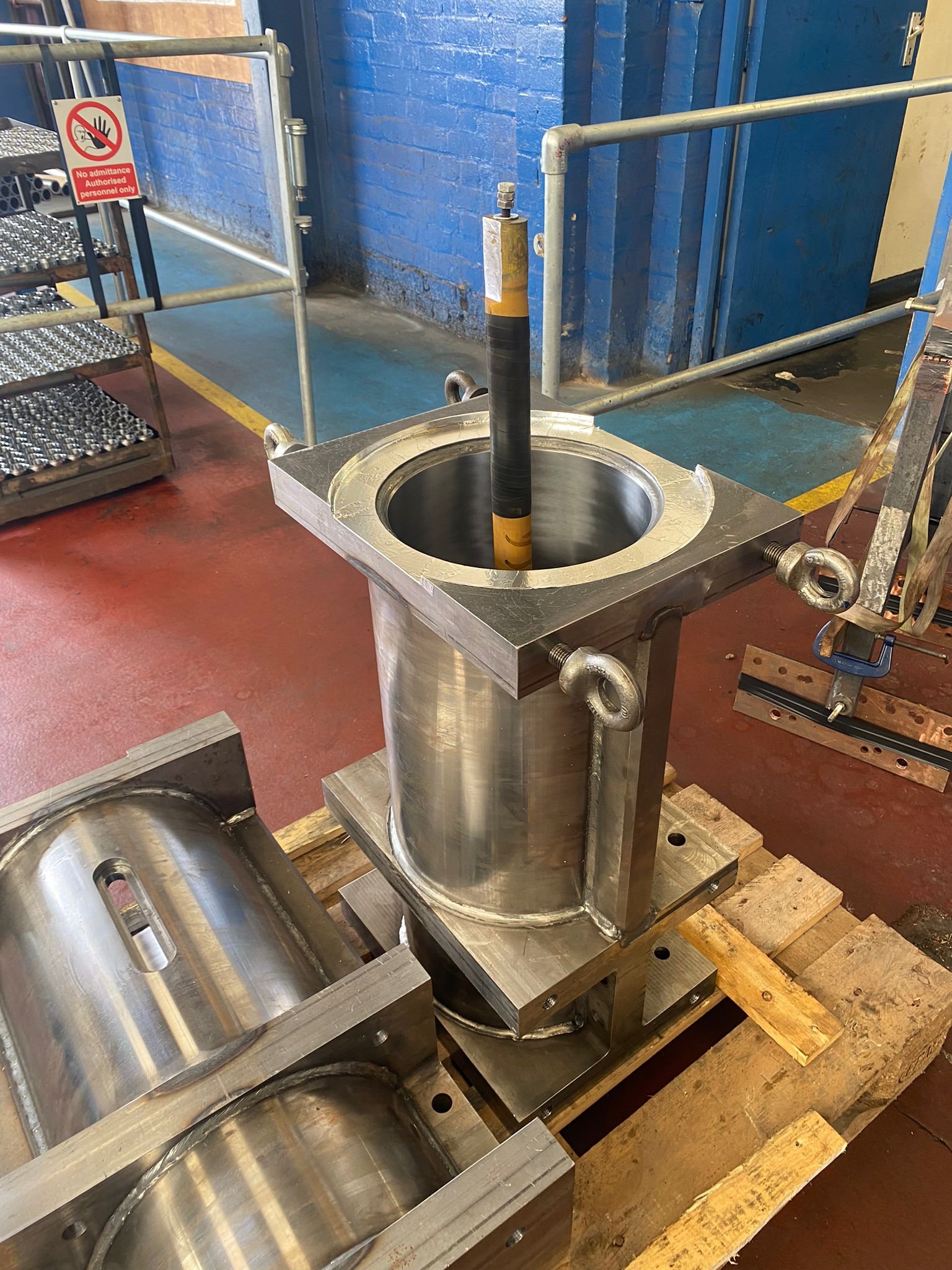the_dunk_tank
It's the dunk tank.
This is where you come to post big-brained hot takes by chuds, libs, or even fellow leftists, and tear them to itty-bitty pieces with precision dunkstrikes.
Rule 1: All posts must include links to the subject matter, and no identifying information should be redacted.
Rule 2: If your source is a reactionary website, please use archive.is instead of linking directly.
Rule 3: No sectarianism.
Rule 4: TERF/SWERFs Not Welcome
Rule 5: No ableism of any kind (that includes stuff like libt*rd)
Rule 6: Do not post fellow hexbears.
Rule 7: Do not individually target other instances' admins or moderators.
Rule 8: The subject of a post cannot be low hanging fruit, that is comments/posts made by a private person that have low amount of upvotes/likes/views. Comments/Posts made on other instances that are accessible from hexbear are an exception to this. Posts that do not meet this requirement can be posted to !shitreactionariessay@lemmygrad.ml
Rule 9: if you post ironic rage bait im going to make a personal visit to your house to make sure you never make this mistake again
view the rest of the comments


This is so critical. In architecture and structural engineering, you can add to this that you don't actually know a lot of the real dimensions - you're laying out the important ones from the structural grid or from survey points, and whatever is left doesn't matter.
Even markup, at least in a design environment, can be done in 3D (or at least on a computer), but the communication of constraints, that is, what dimensions are important and which are irrelevant or unknowable has not yet been developed in 3D models, and I suspect it will be some time before any useful language for that purpose stabilizes.
This is a thing which exists in a lot of CAD packages, and it is reasonable for an engineering firm and a contractor to use the same CAD package as part of a contract. Some of the more fancy (expensive) stuff can even check for interference in assemblies throughout tolerance ranges. But still, if you cannot turn your design into an ASME / ISO drawing I have severe doubts in your competence.
Yeah, I know some of that exists; it never showed up in my world. We never modeled buildings with enough detail to make it really useful. Occasionally someone would get excited about Tekla and we'd spend some time trying to do shop drawing reviews in 3D and then go back to PDF. What I meant was that it isn't yet a standard thing that is understood by any technician in the industry, it's proprietary software that is subject to change with every release.
I'm fairly sure some things(like impeller or fan blade geometry) can't be meaningfully communicated on a drawing and only through a model. I expect some of that to be more common as AM allows manufacture of internal features designed for/around fluid flow.